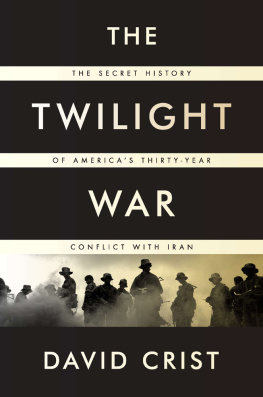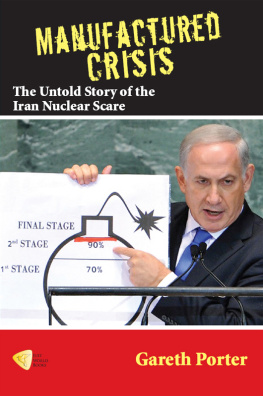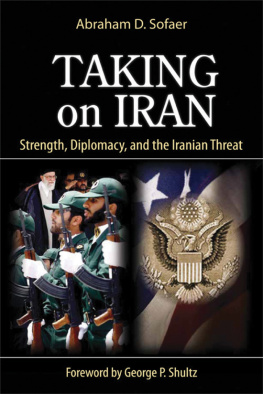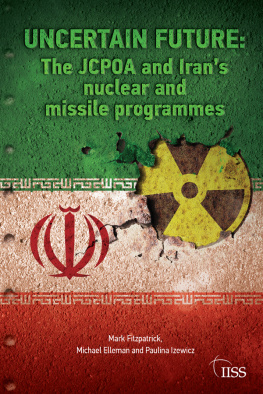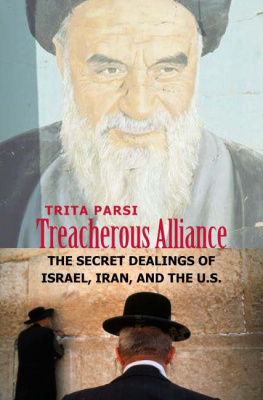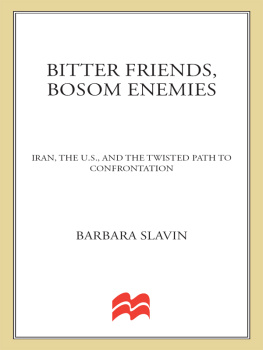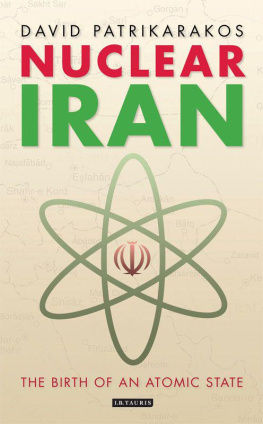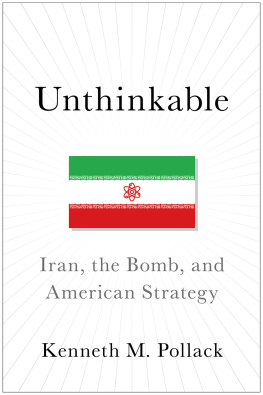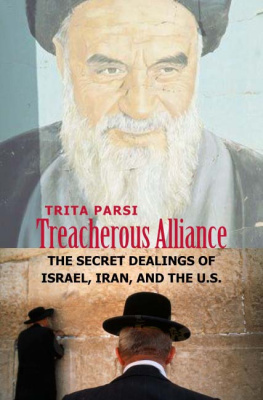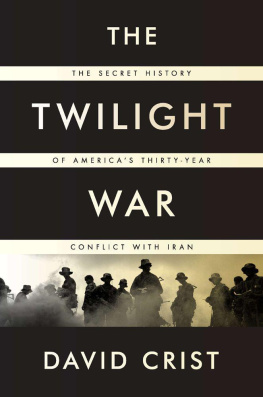THE
TWILIGHT WAR
THE
TWILIGHT WAR
The Secret History of Americas Thirty-Year Conflict with Iran
D AVID C RIST
T HE P ENGUIN P RESS
New York
2012
THE PENGUIN PRESS
Published by the Penguin Group
Penguin Group (USA) Inc., 375 Hudson Street, New York, New York 10014, U.S.A. Penguin Group (Canada), 90 Eglinton Avenue East, Suite 700, Toronto, Ontario, M4P 2Y3 (a division of Pearson Penguin Canada Inc.) Penguin Books Ltd, 80 Strand, London WC2R 0RL, England Penguin Ireland, 25 St. Stephens Green, Dublin 2, Ireland (a division of Penguin Books Ltd) Penguin Books Australia Ltd, 250 Camberwell Road, Camberwell, Victoria 3124, Australia (a division of Pearson Australia Group Pty Ltd) Penguin Books India Pvt Ltd, 11 Community Centre, Panchsheel Park, New Delhi110 017, India Penguin Group (NZ), 67 Apollo Drive, Rosedale, Auckland 0632, New Zealand (a division of Pearson New Zealand Ltd) Penguin Books (South Africa) (Pty) Ltd, 24 Sturdee Avenue, Rosebank, Johannesburg 2196, South Africa
Penguin Books Ltd, Registered Offices:
80 Strand, London WC2R 0RL, England
First published in 2012 by The Penguin Press,
a member of Penguin Group (USA) Inc.
Copyright David Crist, 2012
All rights reserved
Library of Congress Cataloging-in-Publication Data
Crist, David.
The twilight war : the secret history of Americas thirty-year conflict with Iran / David Crist.
p. cm.
Includes bibliographical references and index.
ISBN: 978-1-101-57234-4
1. United StatesForeign relationsIran. 2. IranForeign relationsUnited States. 3. United StatesMilitary relationsIran. 4. IranMilitary relationsUnited States. 5. Espionage, AmericanHistory. 6. United States. Central Intelligence Agency. 7. Espionage, IranianHistory. 8. United StatesForeign relations19811989. 9. United StatesForeign relations1989 I. Title.
E183.8.I55C75 2012
327.73055dc23
2011050573
Printed in the United States of America
1 3 5 7 9 10 8 6 4 2
DESIGNED BY AMANDA DEWEY
MAPS BY JEFFREY L. WARD
No part of this book may be reproduced, scanned, or distributed in any printed or electronic form without permission. Please do not participate in or encourage piracy of copyrighted materials in violation of the authors rights. Purchase only authorized editions.
While the author has made every effort to provide accurate telephone numbers and Internet addresses at the time of publication, neither the publisher nor the author assumes any responsibility for errors, or for changes that occur after publication. Further, publisher does not have any control over and does not assume any responsibility for author or third-party Web sites or their content
ALWAYS LEARNING
PEARSON
For my family
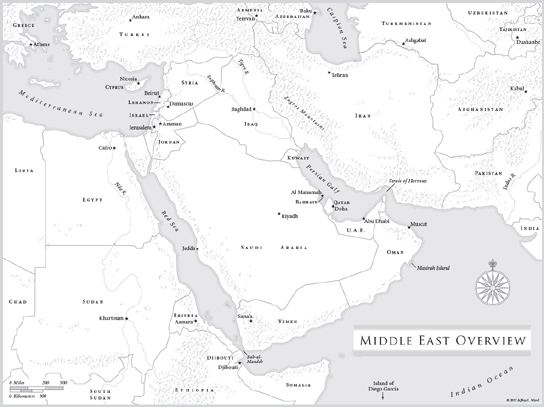
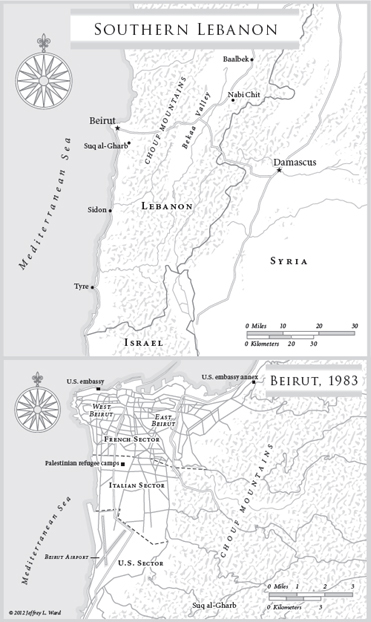
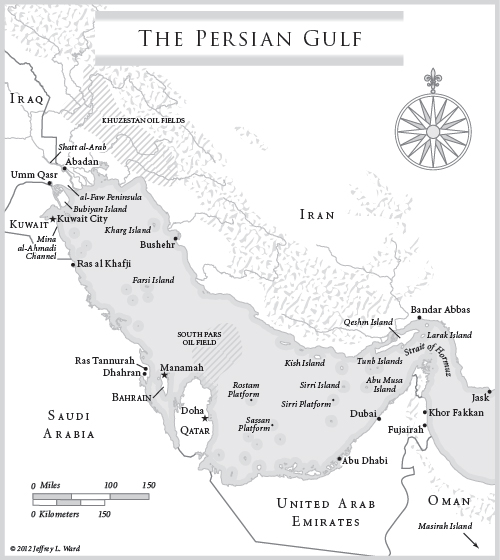
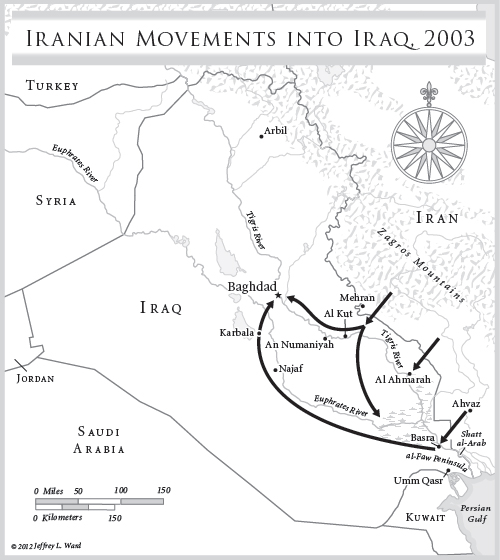
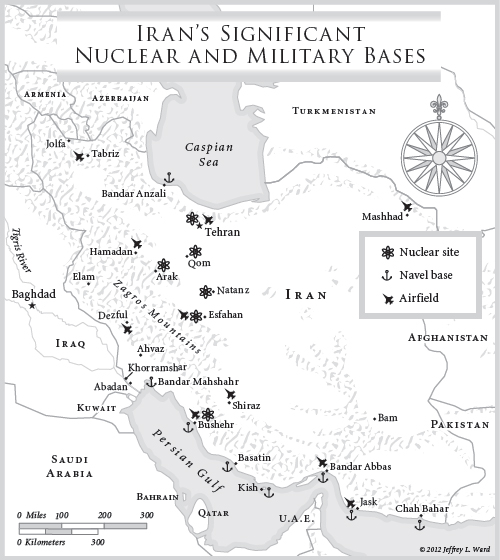
P REFACE
E very day one fifth of the worlds oil exports flow through the twenty-mile-wide Strait of Hormuz that links the Persian Gulf with the outside world. Since 1949 the U.S. Navy has patrolled this waterway, projecting American power and ensuring the continuous flow of the lifeblood of the worlds economy. There are few areas regarding which the United States has more firmly committed its blood and treasure to safeguard its interests. In the past twenty-five years, the United States has fought three wars in the area: two in Iraq and one, the subject of this book, a still ongoing struggle against Iran.
This strategically vital body of water can be an uninviting place. When the wind kicks up, the blowing sand and dust create a haze that blurs the horizon and the muddy waters into one seamless brown tapestry. If you add in the tangled clusters of poisonous sea snakes and temperatures in excess of 120 degrees and humidity to match, there are few places that American servicemen and -women serve that are as inhospitable as the Persian Gulf.
The morning of April 4, 2003, broke better than many. A strong sea breeze and brilliant sunrise portended well for the days mission. The American invasion of Iraq was two weeks old. As a major in the marines corps, I sat off the entrance to the Shatt al-Araba wide river formed by the confluence of the Tigris and Euphrates rivers, which serves as the border between Iran and Iraq. I was embarked on board one of the strangest ships in the navys inventory: a giant catamaran. Built as a high-speed ferry, it had a cavernous interior of car ramps and was still replete with a bar and stadium seats for passengers to relax and enjoy cocktails. Sailors replaced the booze with cases of bottled water and juice, and a sophisticated command center occupied half of the lounge, with chairs and tables removed for banks of computers and a large screen that showed in blue, red, and green military symbols the real-time locations of every U.S., Iraqi, and Iranian ship and plane in the area. I happened to be one of the few marines assigned to the navys elite SEALs. As a reservist, I had been recalled to active duty by Special Operations Command to deploy with this group under an energetic captain named Robert Harward. I had served under him the year before when special operations forces led the way into Afghanistan after 9/11 and hunted the Taliban and al-Qaeda, which were hiding out in caves and farms across the rugged southeastern parts of that harsh land. This time, our mission was to drop off four small, heavily armed boats to transit the Shatt al-Arab all the way up to the second-largest city in Iraq, the important port city of Basra. The point of the operation was to assert American freedom of navigation and to search for possible suicide boats that the navy worried would spring out of the inlets and repeat the disaster of the USS Cole a few years earlier.
This was not my first war in the Middle East. I spent eight months baking under the desert sun during the first war against Saddam Hussein in 1991. Then I had been assigned to a marine armor reconnaissance battalion under the command of a future general named Keith Holcomb. He had been a United Nations observer in south Lebanon, knew Arabic, and engrossed me with stories of the guerrilla war being waged by a Shia group called Hezbollah, or Party of God, against the modern Israeli army. The entire experience spurred my interest in the Middle East. After the war, I went back to graduate school for a doctorate in modern Middle East history during the decade-long lull between the two Iraqi conflicts.
I had more of an awareness than many of my military contemporaries of the tortured relations between the United States and Iran. During the 1980s, my father, a four-star marine general named George Crist, commanded U.S. Central CommandCENTCOM, as its commonly abbreviatedwith responsibility for all the American forces in the Middle East. At the time, the Soviet Union dominated Washingtons thinking and Europe, not the Middle East, was our armys most important theater. But my father and CENTCOM had been involved in a strange conflict with Iran, best described as a guerrilla war at sea, a struggle waged by covert naval mining from dhows and hit and run attacks against American convoys by a mosquito fleet of fast boats manned by aggressive Revolutionary Guards. The United States and Iran engaged in this quasi-war for nearly two years, culminating in the U.S. Navys largest surface battle since the Second World War, all while the Pentagon worried more about fending off hordes of Soviet tanks on the plains of central Europe than Iran. However, over the past thirty years, the Persians and not the Russians proved to be the more enduring threat for the United States.
Next page
